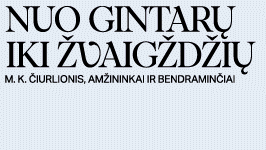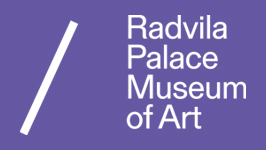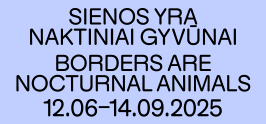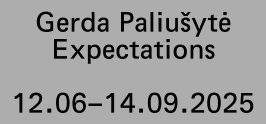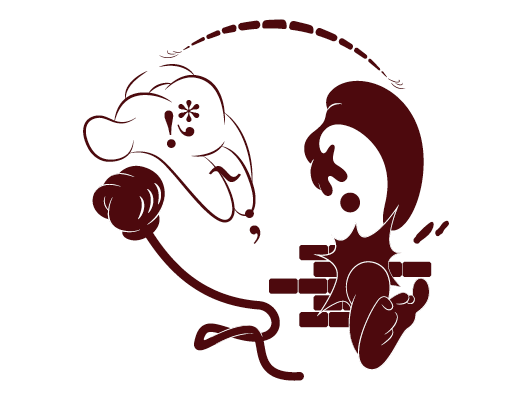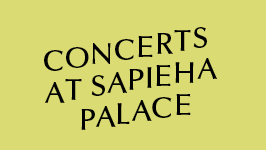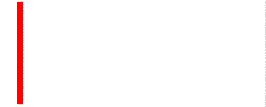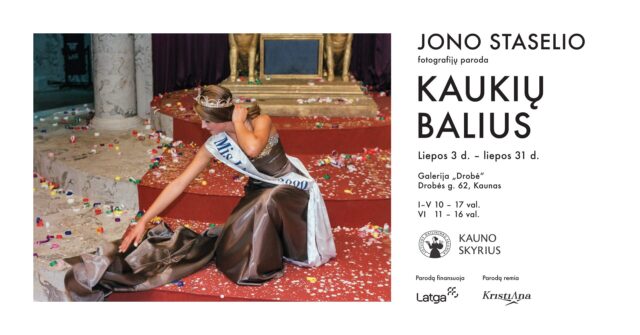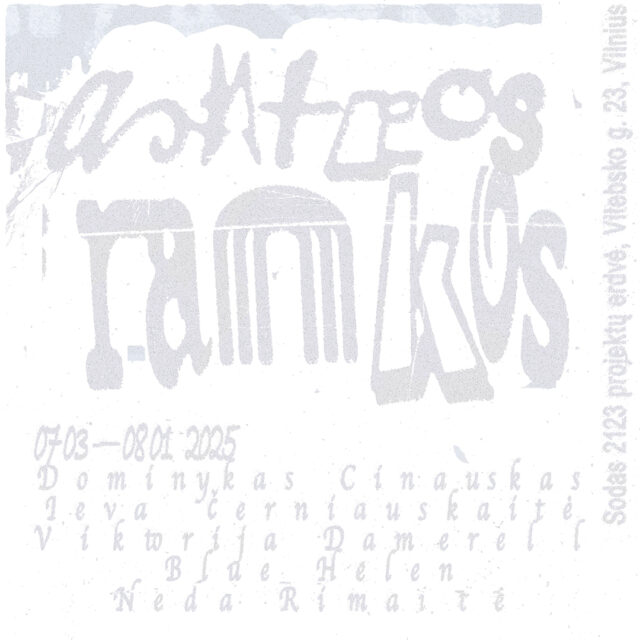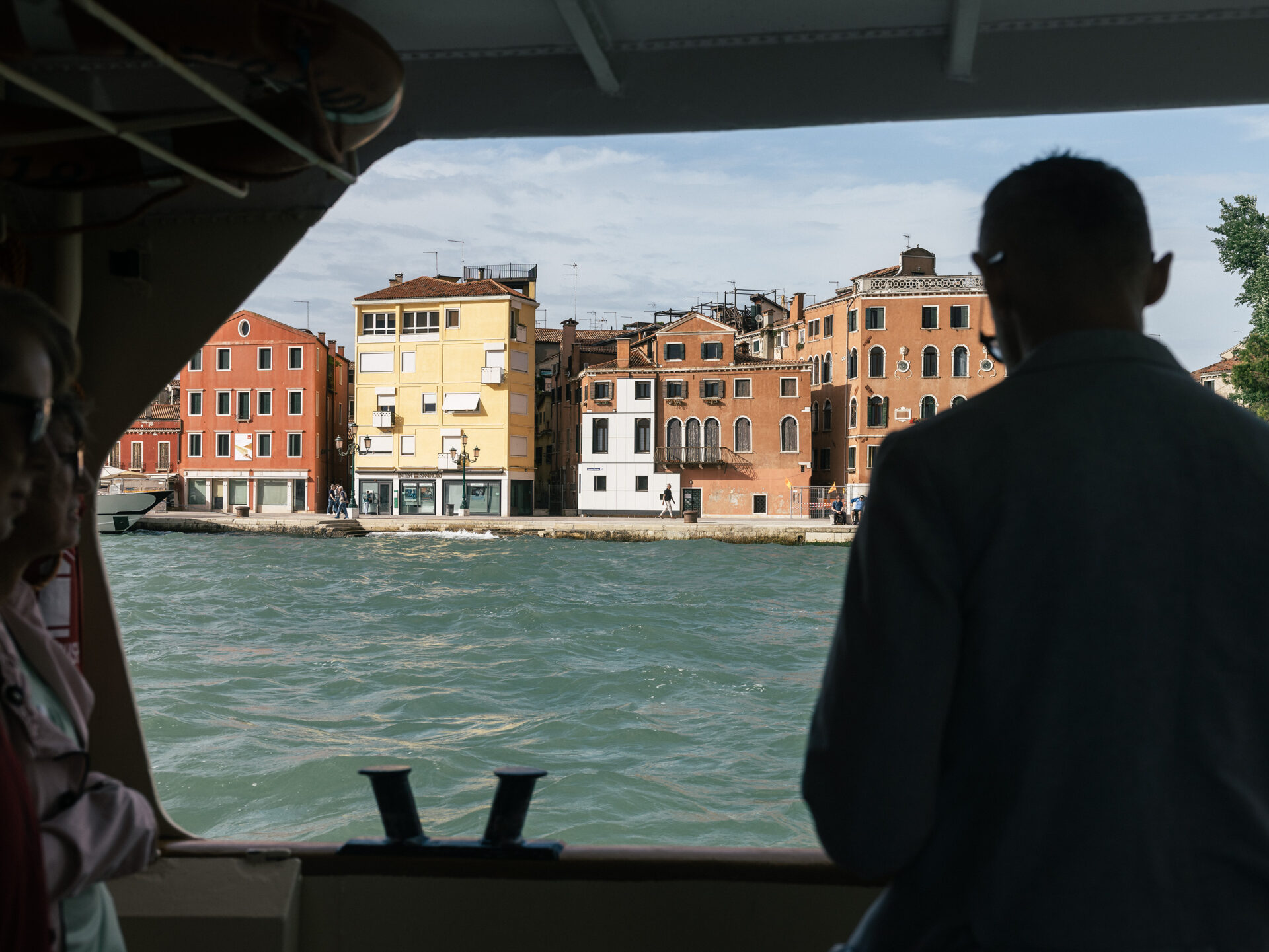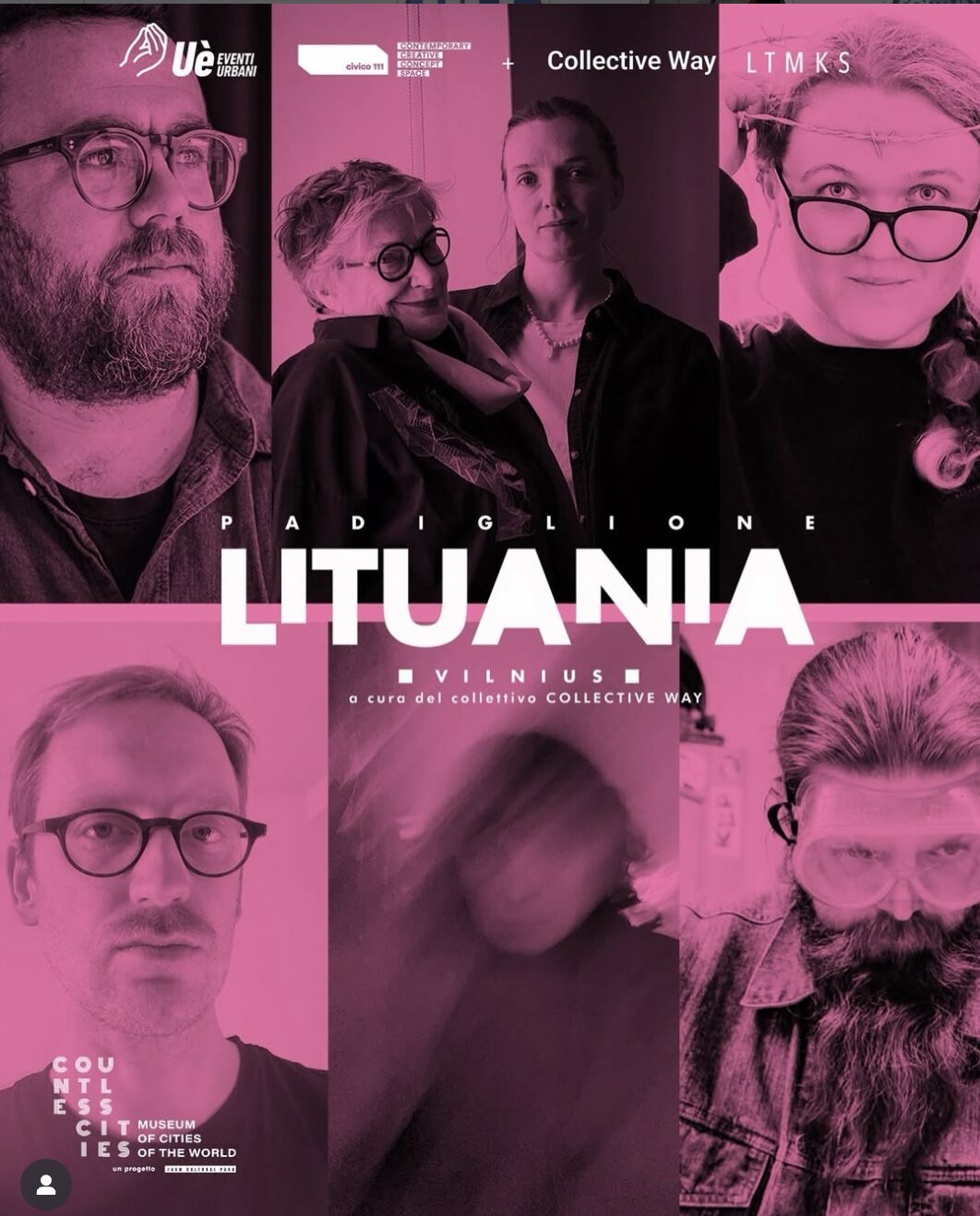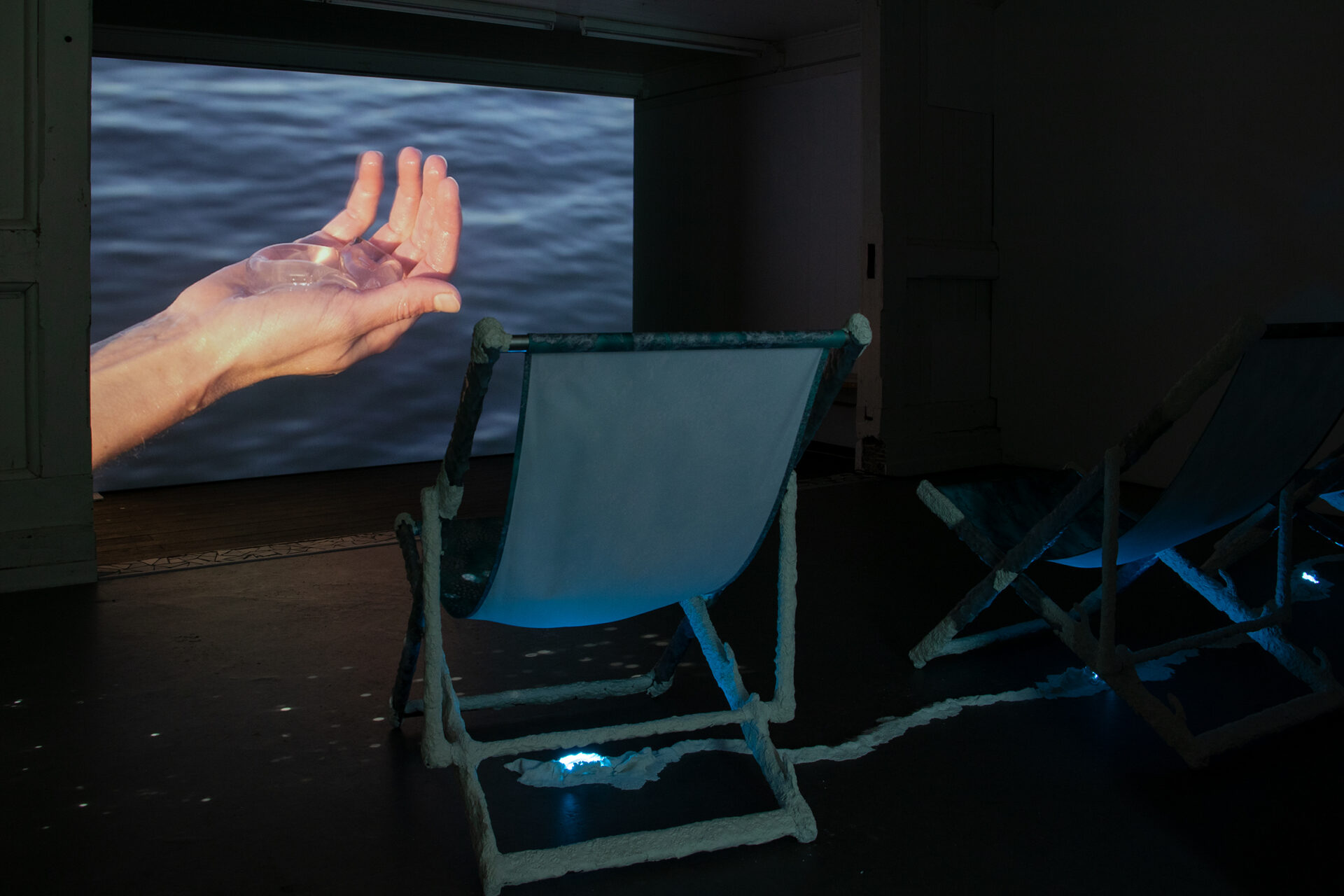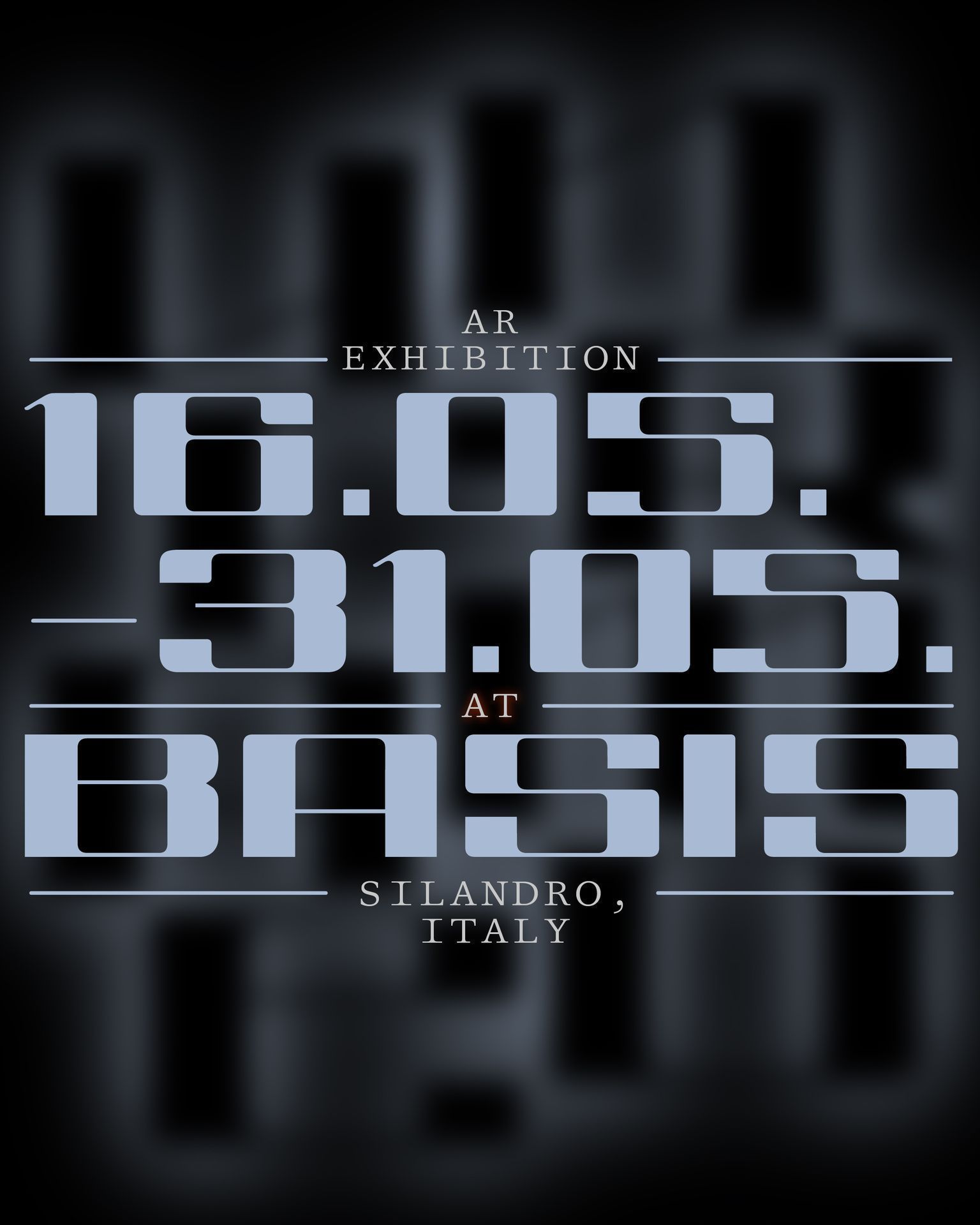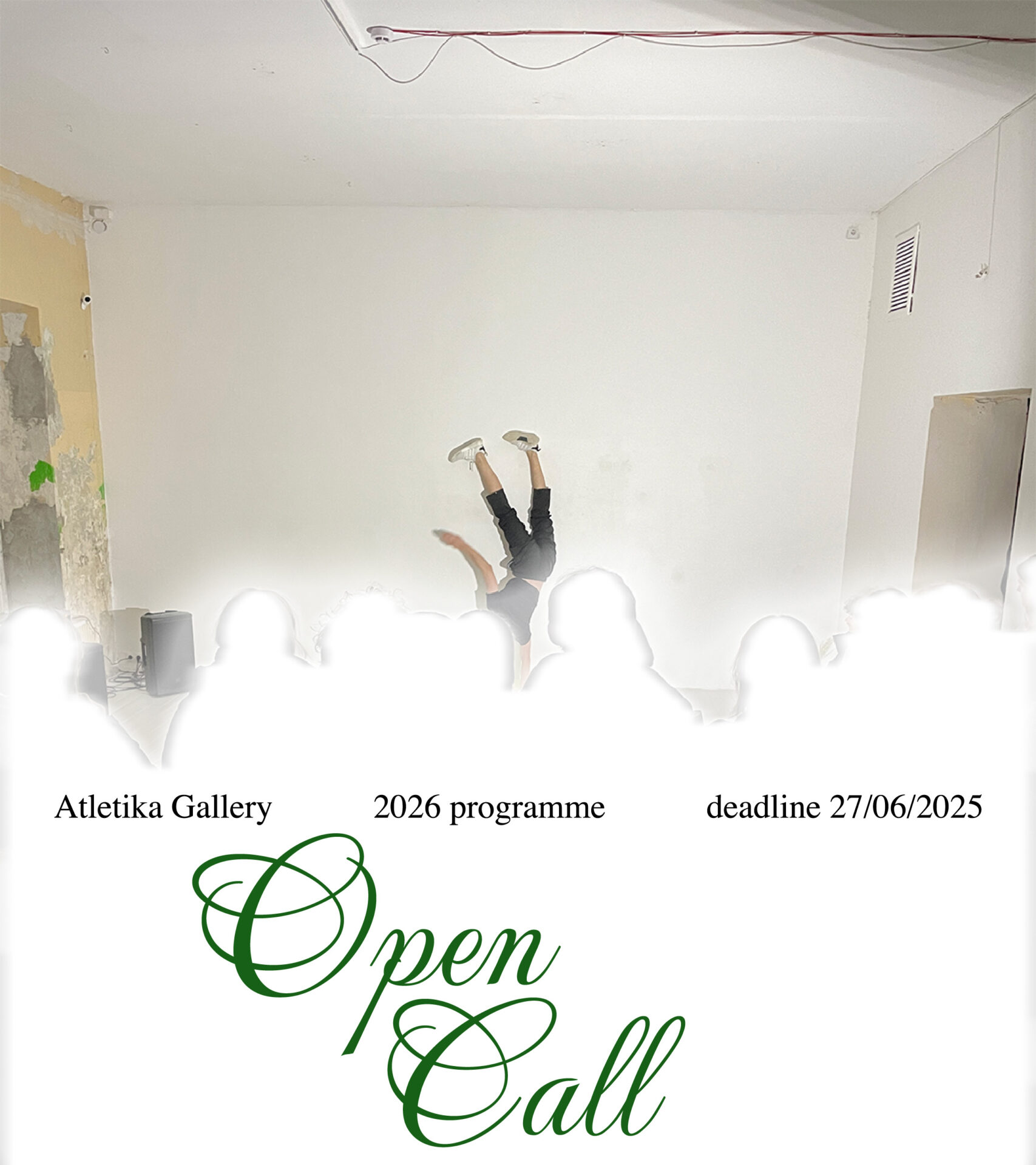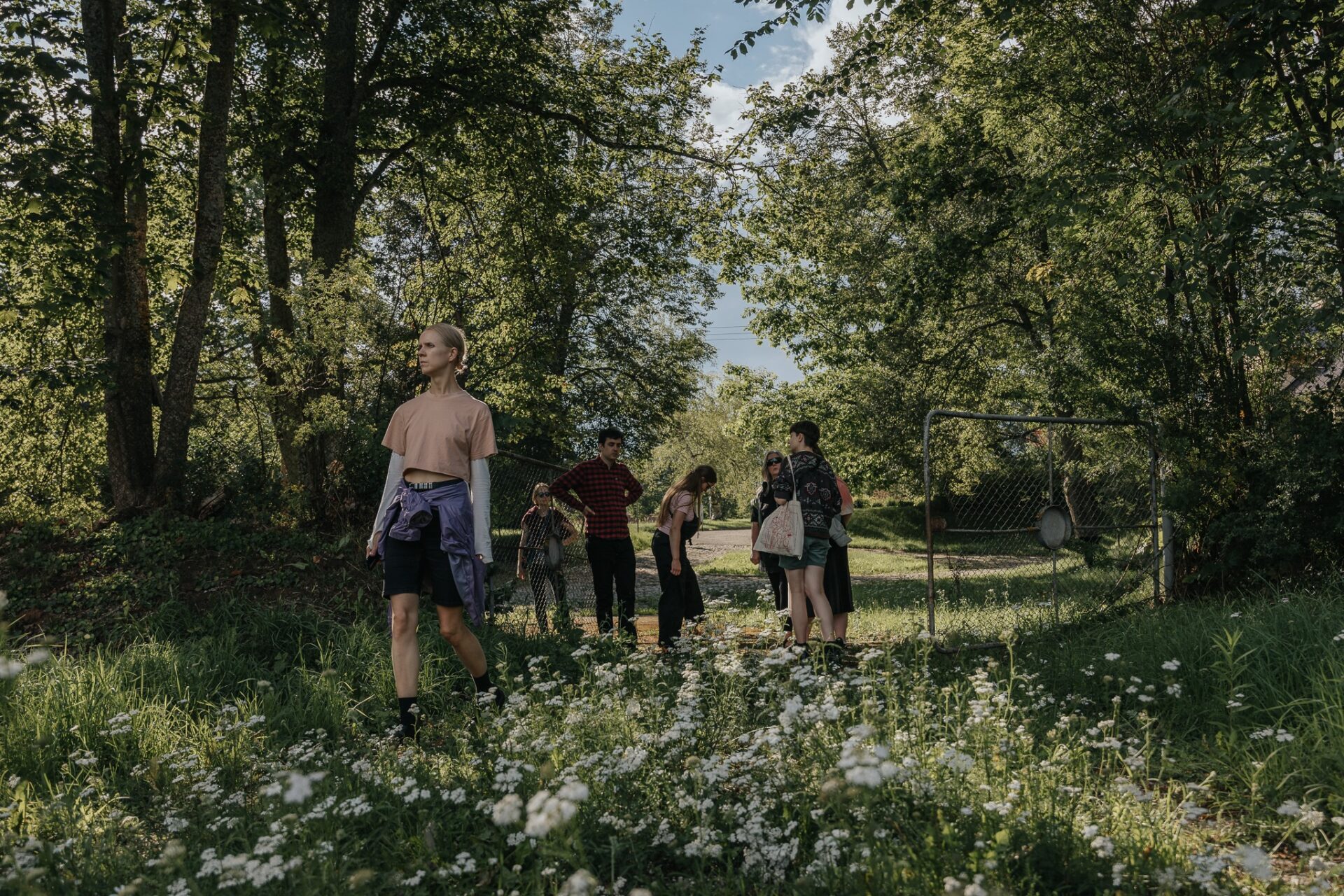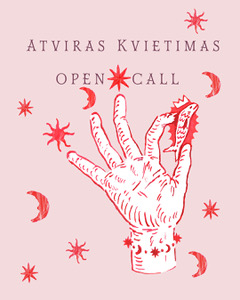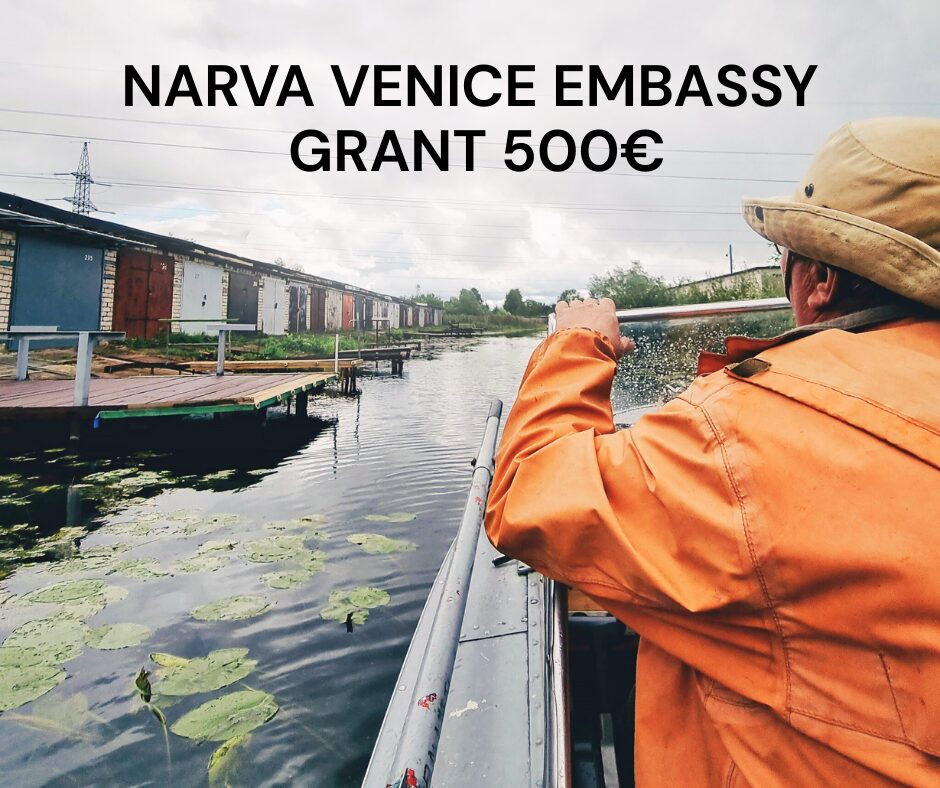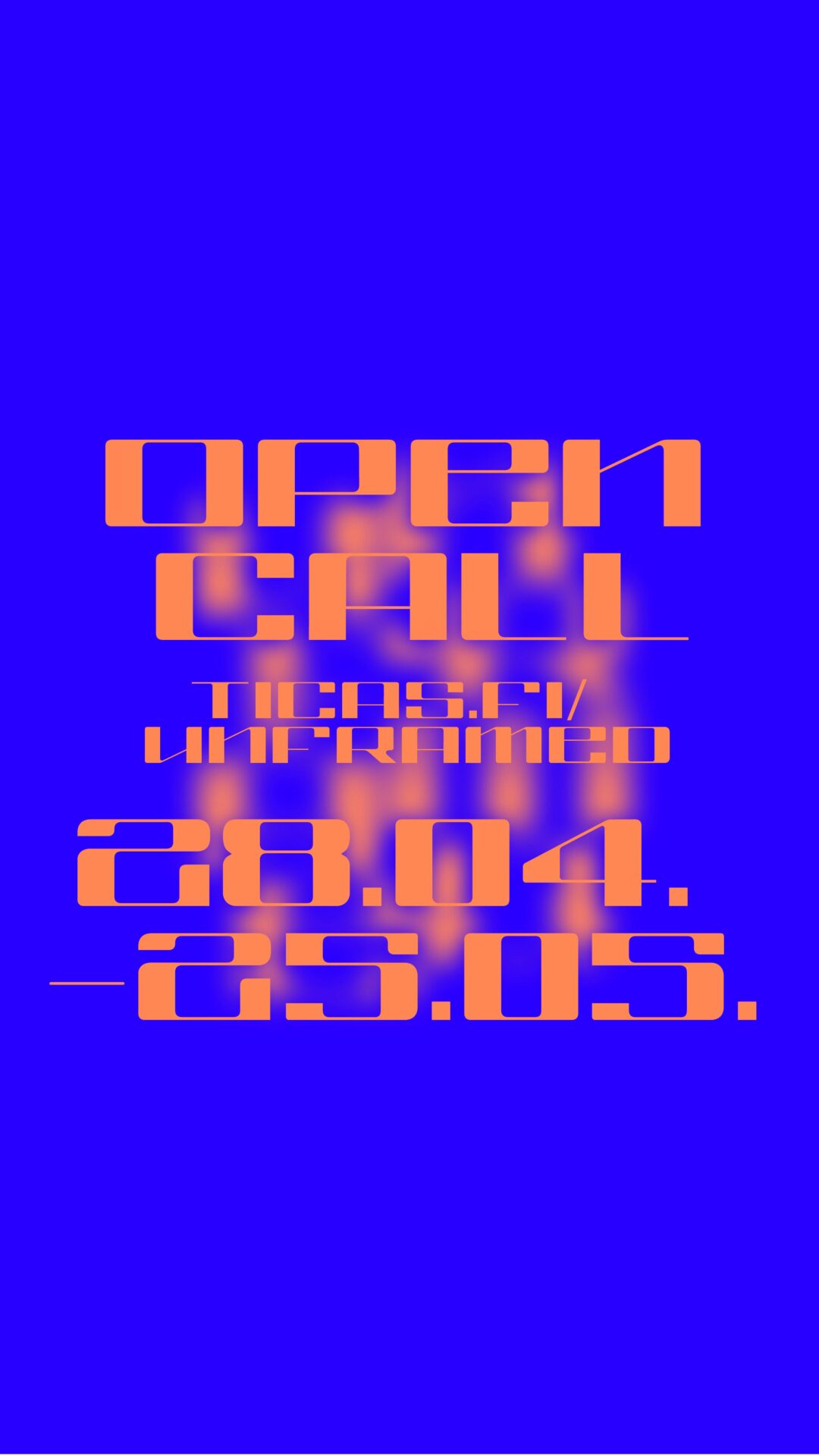Art that lives on a blockchain has now proved its worth also in the brick-and-mortar art world. Digital but scarce, NFTs revolutionize the way art is produced, the way it is displayed, accessed and collected.
What if the artists were no longer the only ones in control of the art?
The Artwork
AI art and generative art have made history by pioneering unexpected uses of the nascent technologies, which they have emerged alongside. Mutagen makes the most of the blockchain technologies that are transforming not only culture but also the economy in its entirety, to offer a revitalized experience of art and its collecting.
Four internationally acclaimed artists — Tommy Cash, Ilja Karilampi, Nik Kosmas, and Katja Novitskova — teamed up with gallerist Olga Temnikova (Temnikova & Kasela, Tallinn) and tech entrepreneur and long time NFT collector Edgar Aronov, to produce a series of artworks that create their own value ecosystem.
At first, each artist creates ten Genesis NFTs. These NFTs have the capacity to mutate thanks to embedded layers, creating the possibility for 256 variations for each of them. These mutations are triggered by the owner of the Genesis NFT with the introduction of Mutagens, the second type of NFT artworks. There will only ever be 4096 Mutagens, which ensures a limited number of mutations of the Genesis NFTs.
When acquired, Genesis or Mutagen NFTs are allocated from a blind pool in order to ensure the randomness of the system. Similarly, mutations happen randomly according to the combinations of the parameters encoded in the artwork. While Genesis NFTs are described as rare, one out of the ten produced by each artist is ‘very rare’, as it includes a ‘golden’ element. In addition to these rarities, two of the variations are also considered rare, opening possibilities for different degrees of rarity in the mutations. Within this process, it is possible to stop time, so to speak, and to create Snapshots of the state of a Genesis at any moment.
The Collecting
Mutagen coordinates randomness with fairness, in that the project revolves around a new value attribution model: an Expected Value Pool. Initially, each Genesis is valued at 8 ETH while each Mutagen is valued at 0.08 ETH. Each purchase price is set according to the total value of the pool, which adjusts to the values of the remaining tokens, counteracting the usual pricing mechanisms that reward early investors, based on a fear of missing out. A phenomenon at play in both the crypto market and the art market.
Combining institutionally established art with the possibilities of the expanding boundaries of the art market provided by the Ethereum blockchain, Mutagen brings these two worlds together in an unprecedented way.
For more information please visit mutagen.xyz
NOTES TO EDITORS
The Artists
Tommy Cash (sometimes stylised as TOMM¥ €A$H, b. 1991, Tallinn) is an Estonian rapper, singer and conceptual artist. His rich and colorful visual language is regularly spotted in prestigious art venues as well as on the occasion of numerous collaborations of the artist with fashion brands and designers such as Rick Owens, Adidas, or Maison Margiela.
Ilja Karilampi (b. 1983, Gothenburg, based in Stockholm) explores music and pop culture narratives, reflecting his own role and his aesthetic interests in glamorous social realism. By means of graphic design, video effects, laser-cut aluminium, UV stickers, and rhythmic musical gestures, Karilampi assembles conceptual and sculptural narratives of urban life. He has exhibited extensively, such as at Fondation Ricard, Paris (2020); Carl Kostyal, Malmö (2019); Manifesta, Palermo, (2018); Kiasma, Helsinki and ZKM Karlsruhe (2017); MAMbo Bologna (2015), and MoMA PS1, New York (2012).
Nik Kosmas (b. 1985, Minneapolis, based in Shanghai) produces a physical, emotional, and spiritual journey through technology, human experience, suffering and growth. Science fiction and science, sports practice, sex and psychology are fertile fields of research and inspiration for him. He has exhibited at the K11 Art Foundation, Hong Kong (2018); Kunsthaus Glarus (2017); the 9th Berlin Biennial (2016), the New Museum Triennial, New York City (2009), and was formerly half of the post-internet duo AIDS-3D.
Katja Novitskova (b. 1984, Tallinn, based in Amsterdam and Berlin) explores the ecologies surrounding image production on a level capable of affecting the planet and humanity. Her work features mainly found images and interrogates the positions and locations where the technological and the physical coincide. She represented Estonia at the 57th Venice Biennale (2017) and has exhibited at the Sharjah Art Foundation (2020); Hamburger Bahnhof, Berlin (2019); Kumu Art Museum, Tallinn and Whitechapel Gallery, London (2018); CC Foundation, Shanghai (2017); the 9th Berlin Biennial (2016); MoMA, New York City (2015); Kraupa-Tuskany Zeidler (2014).
Mutagen is supported by Edgar Aronov, Temnikova & Kasela, and Sten Tamkivi.
Evolution is not random but it’s also hard to predict.
mutagen.xyz
twitter.com/MutagenNFT

